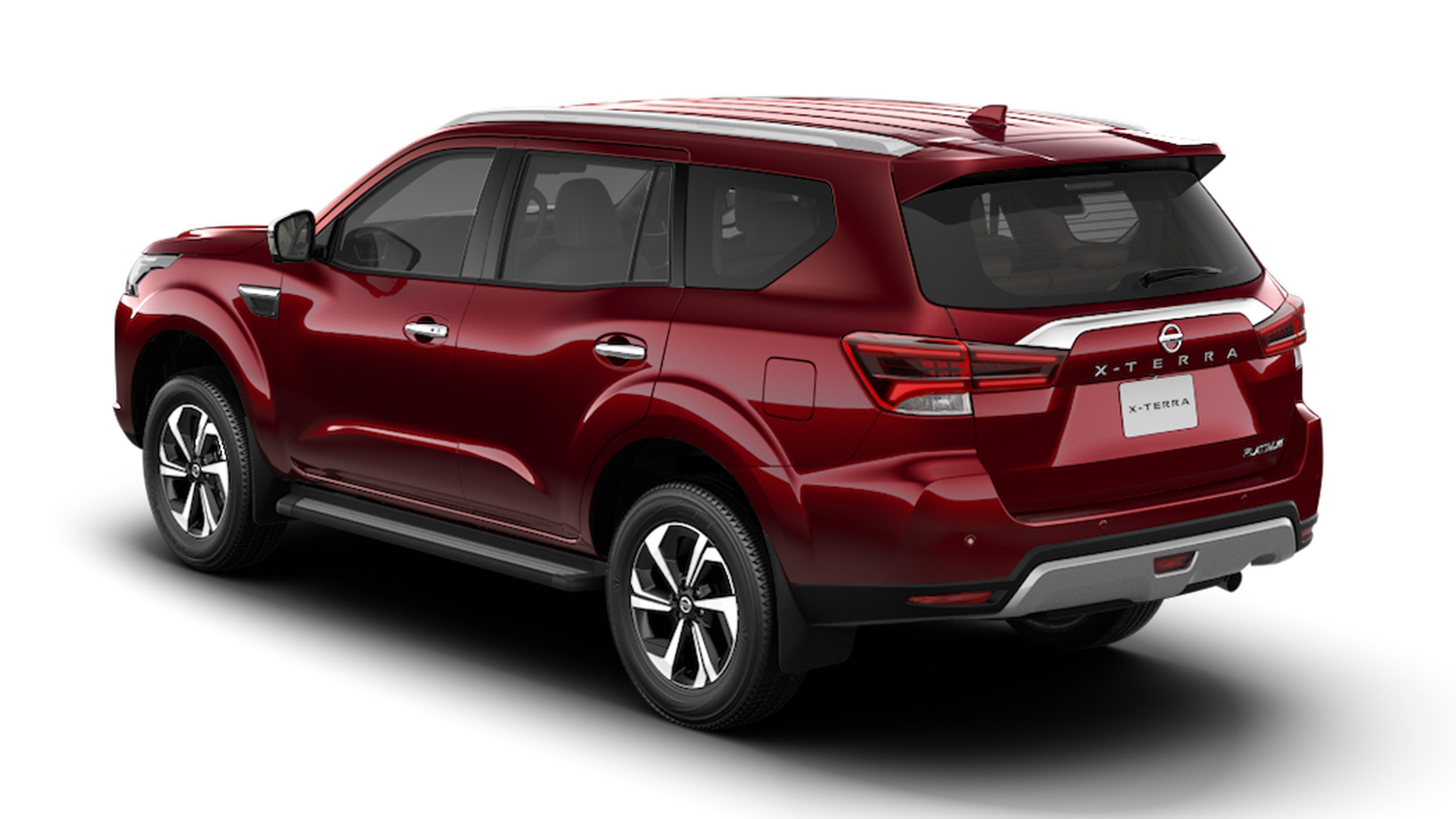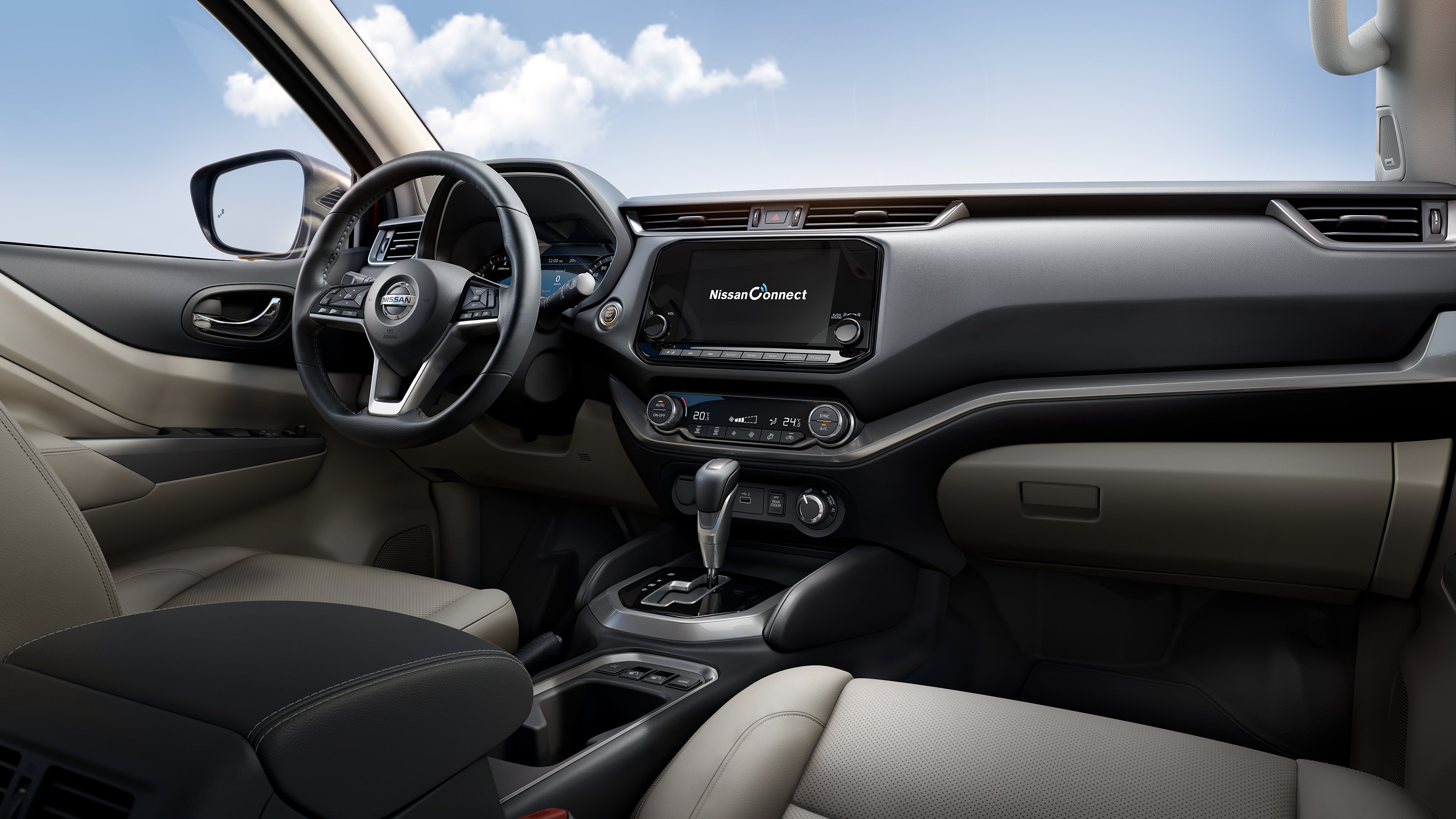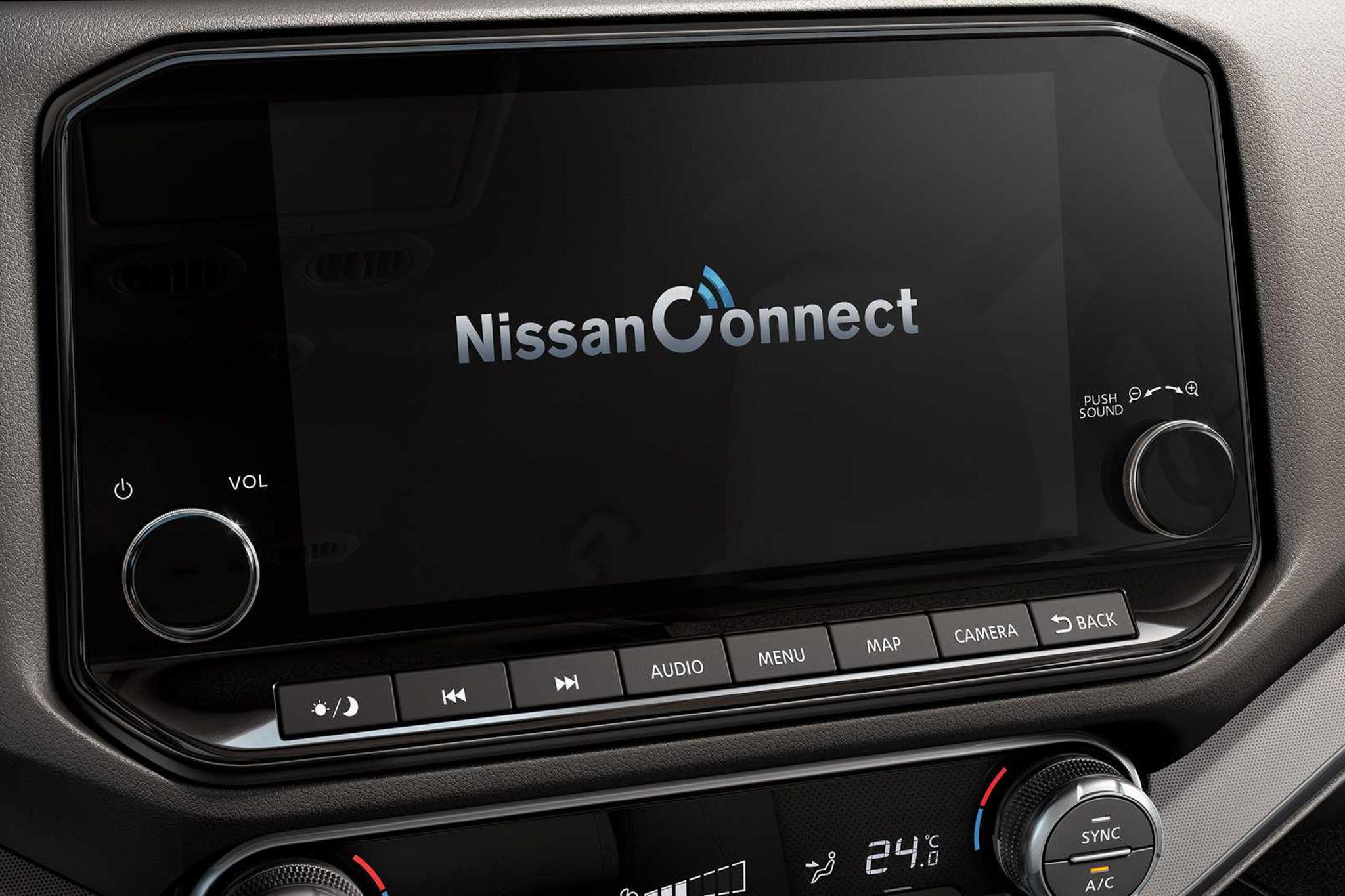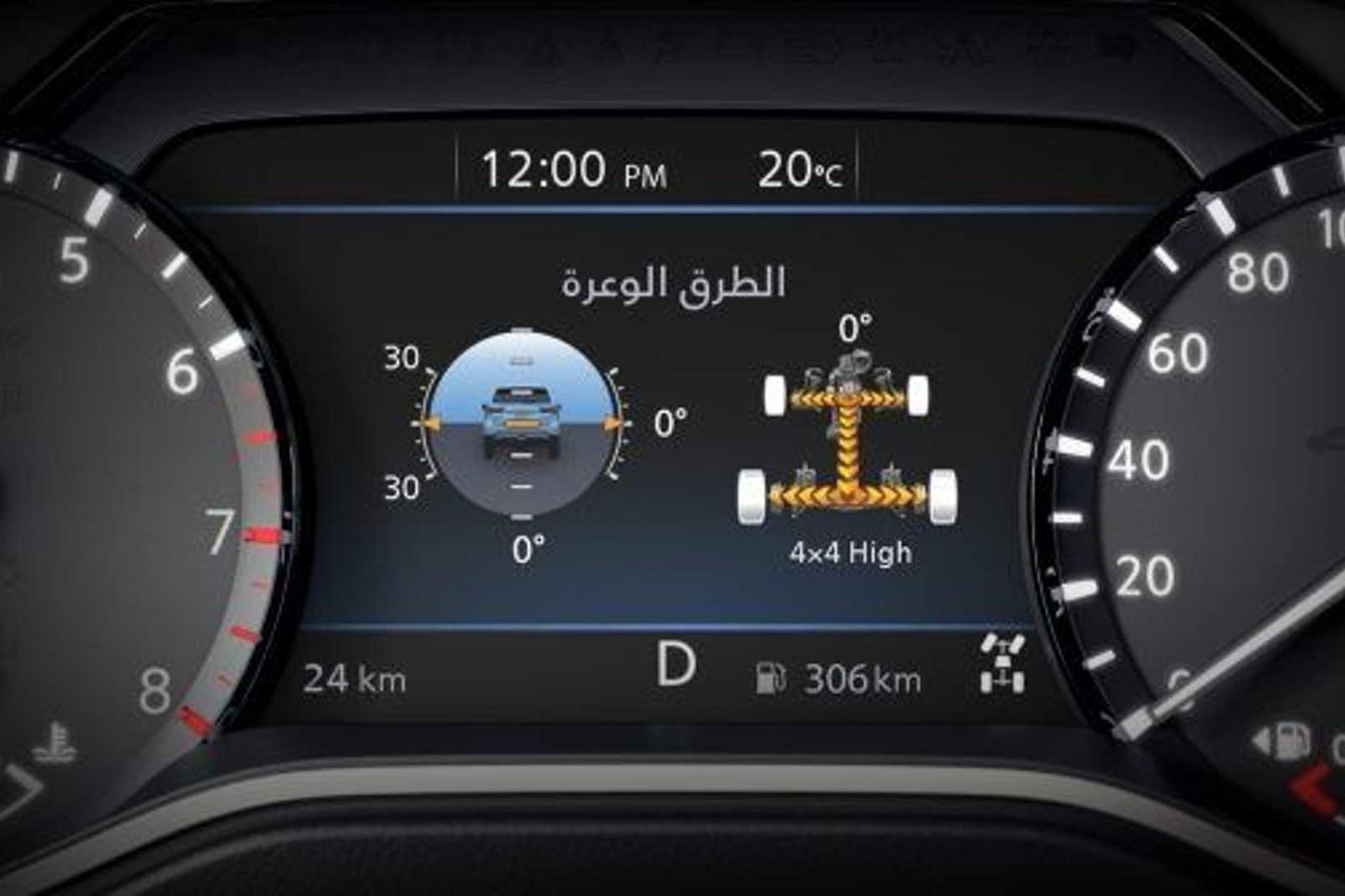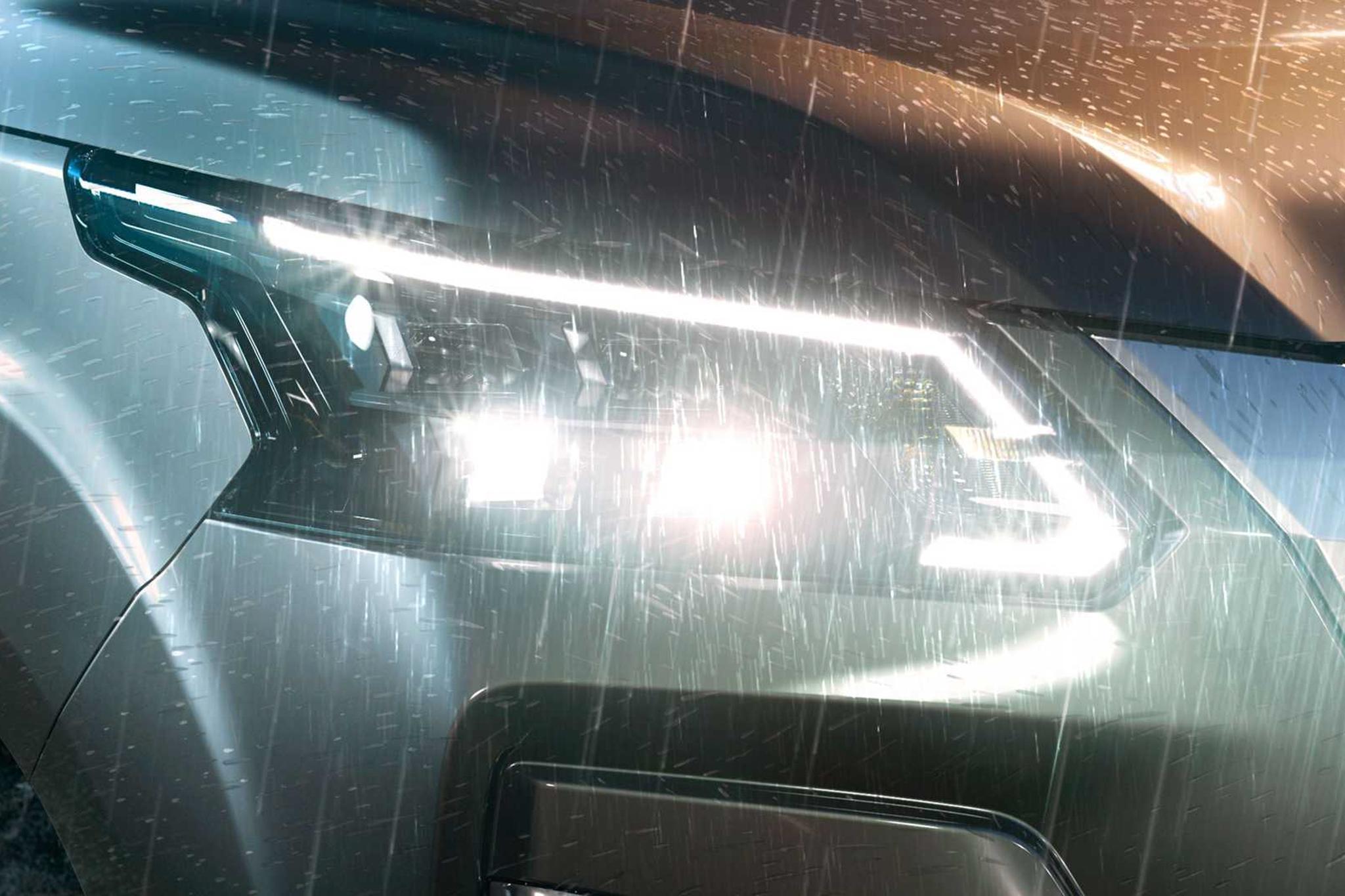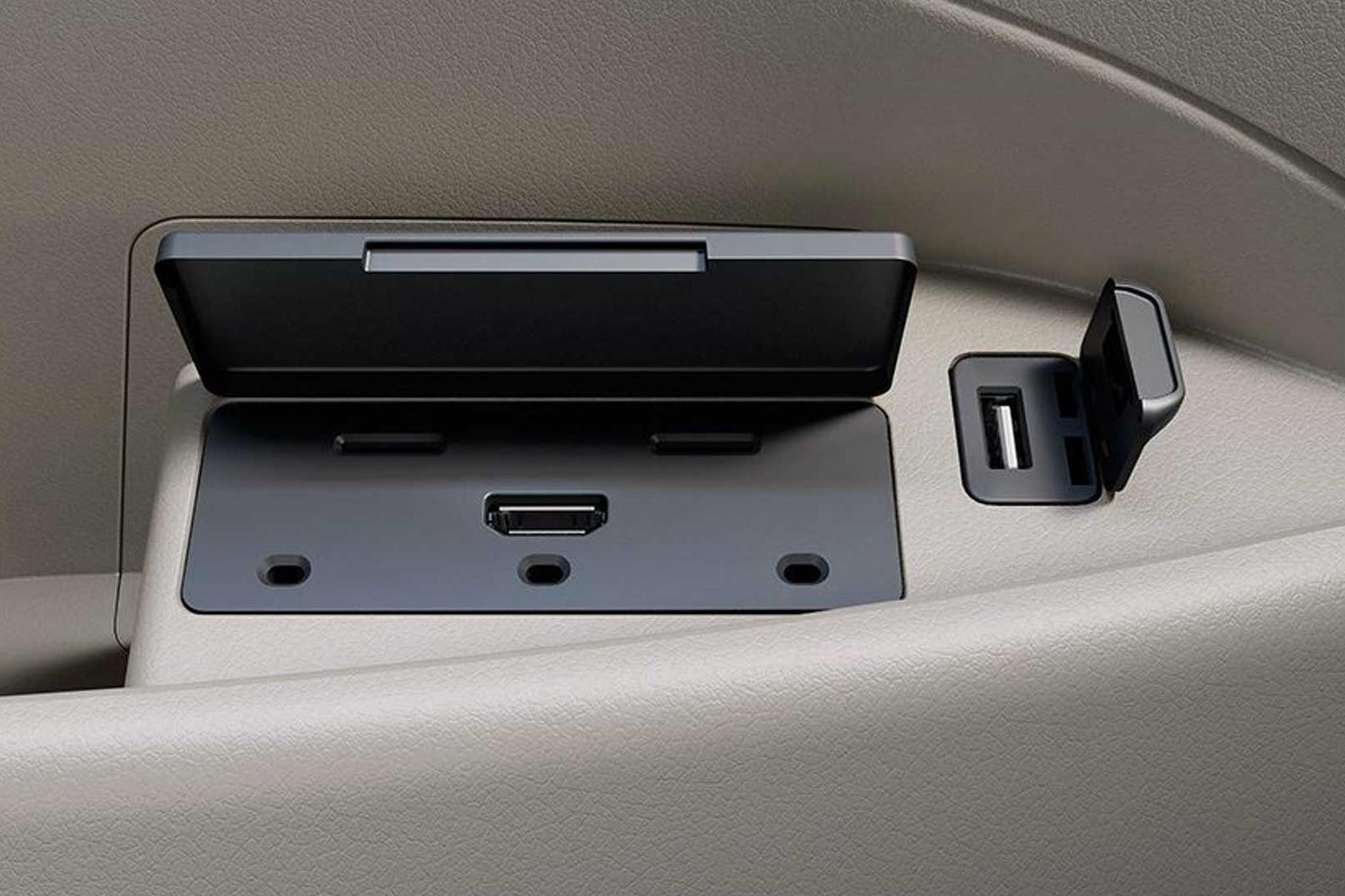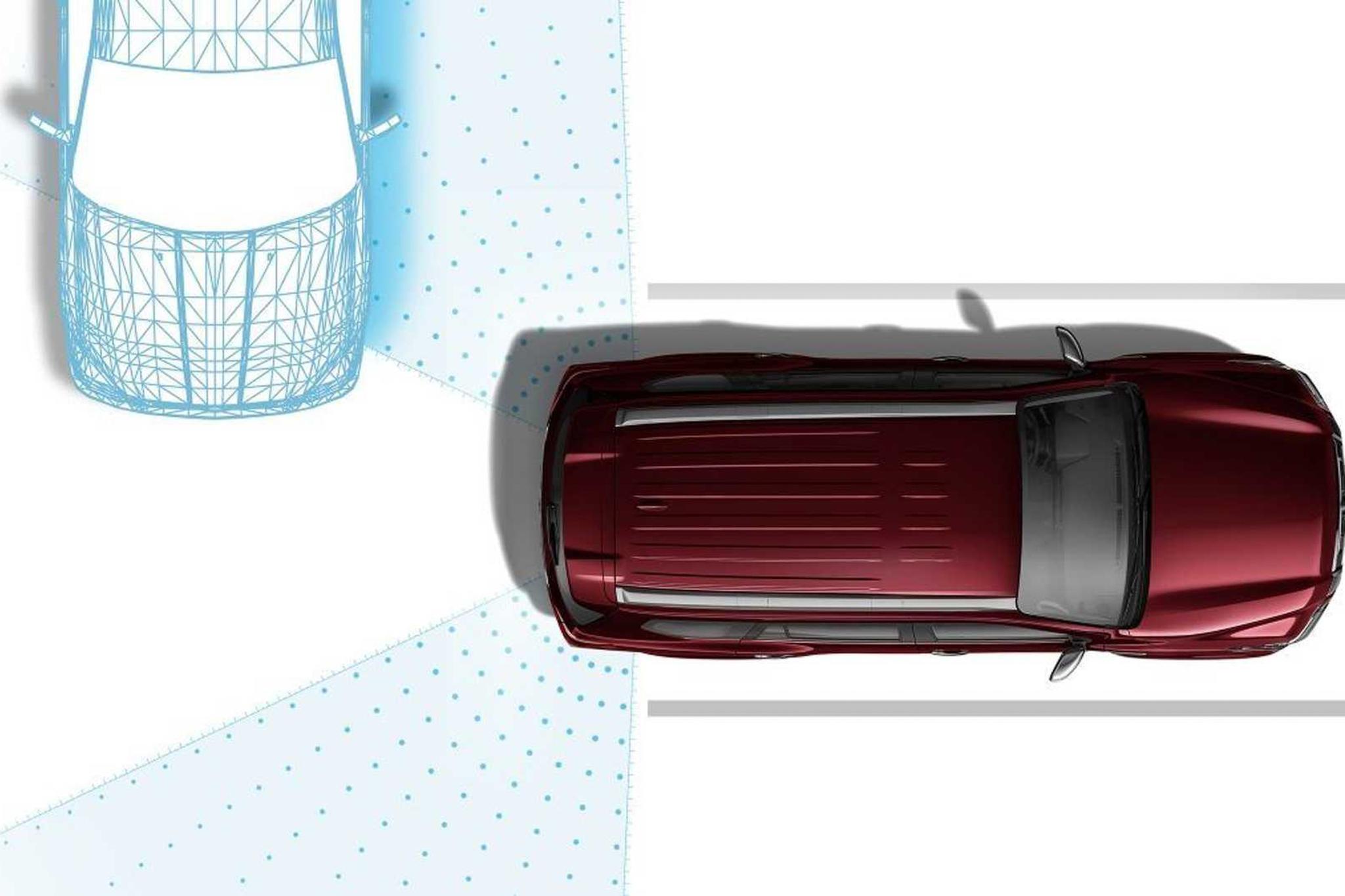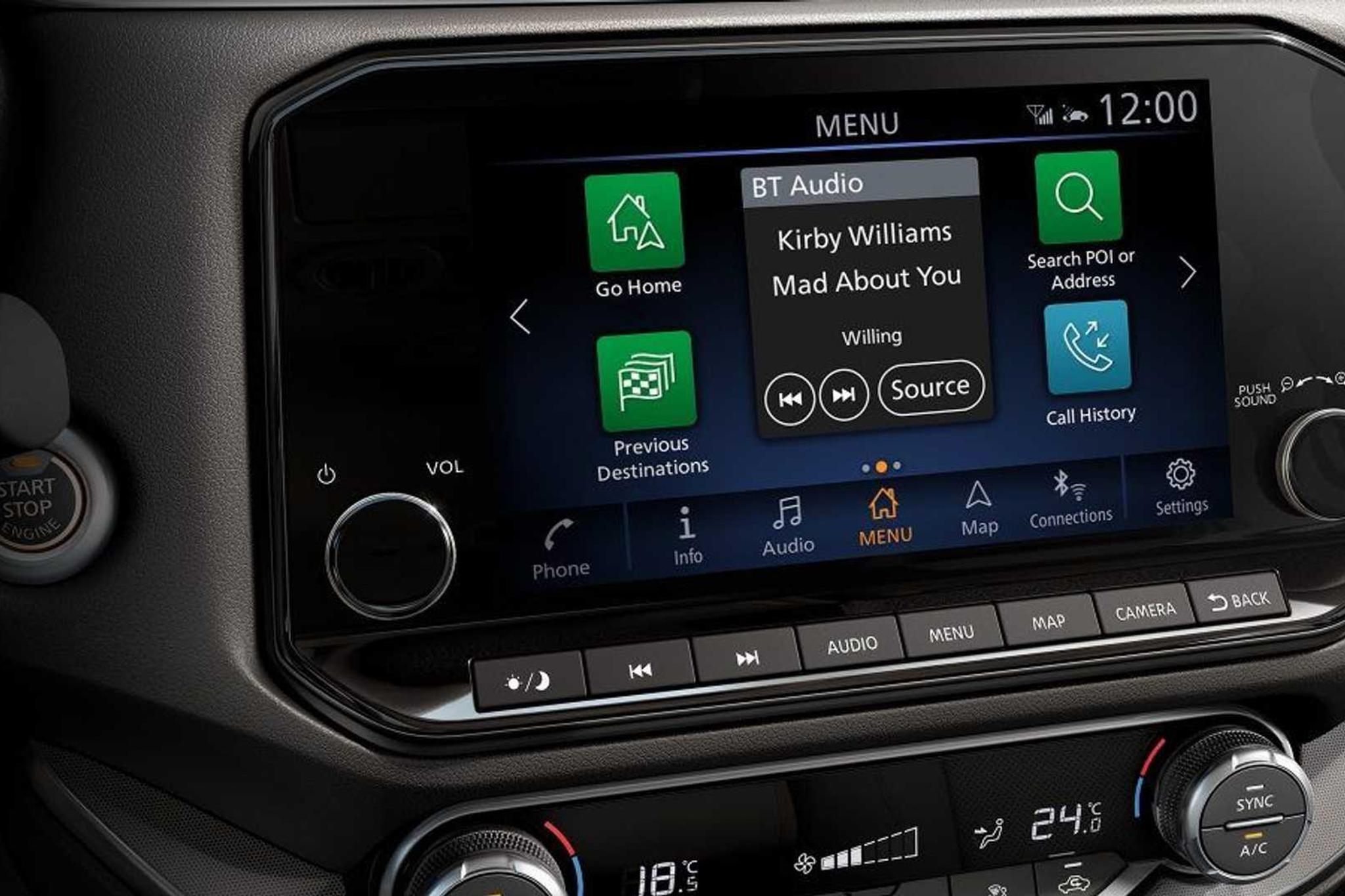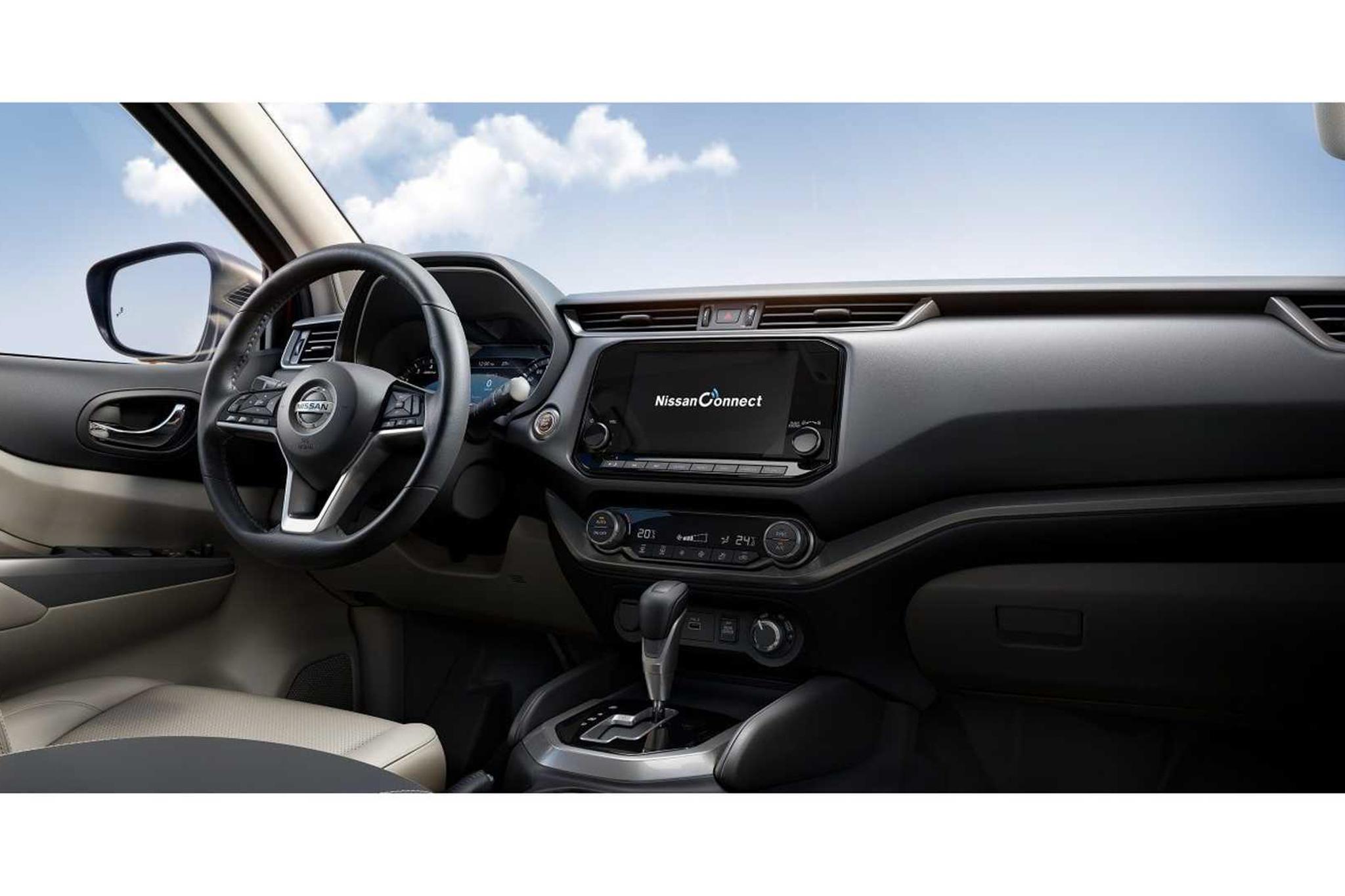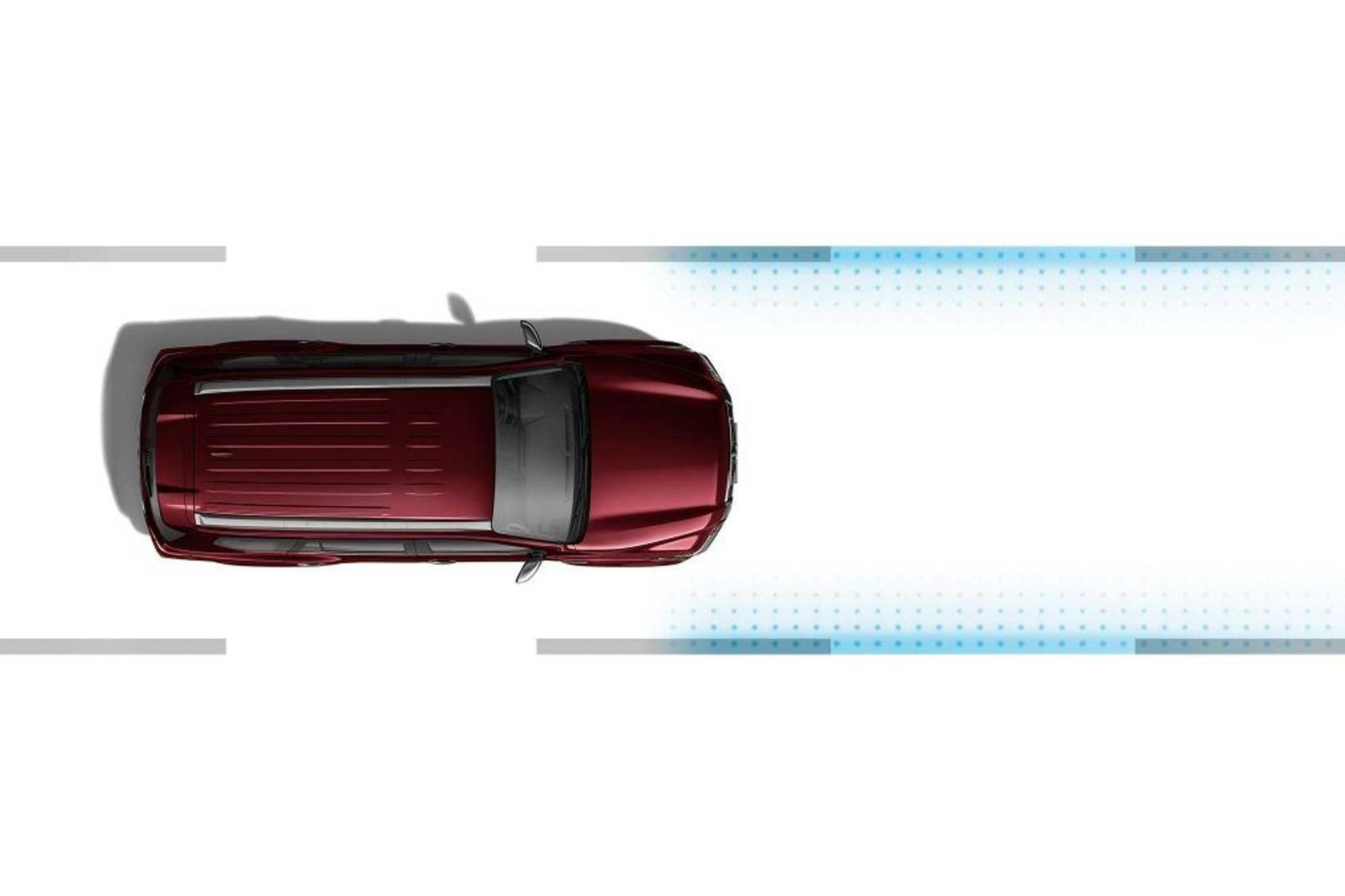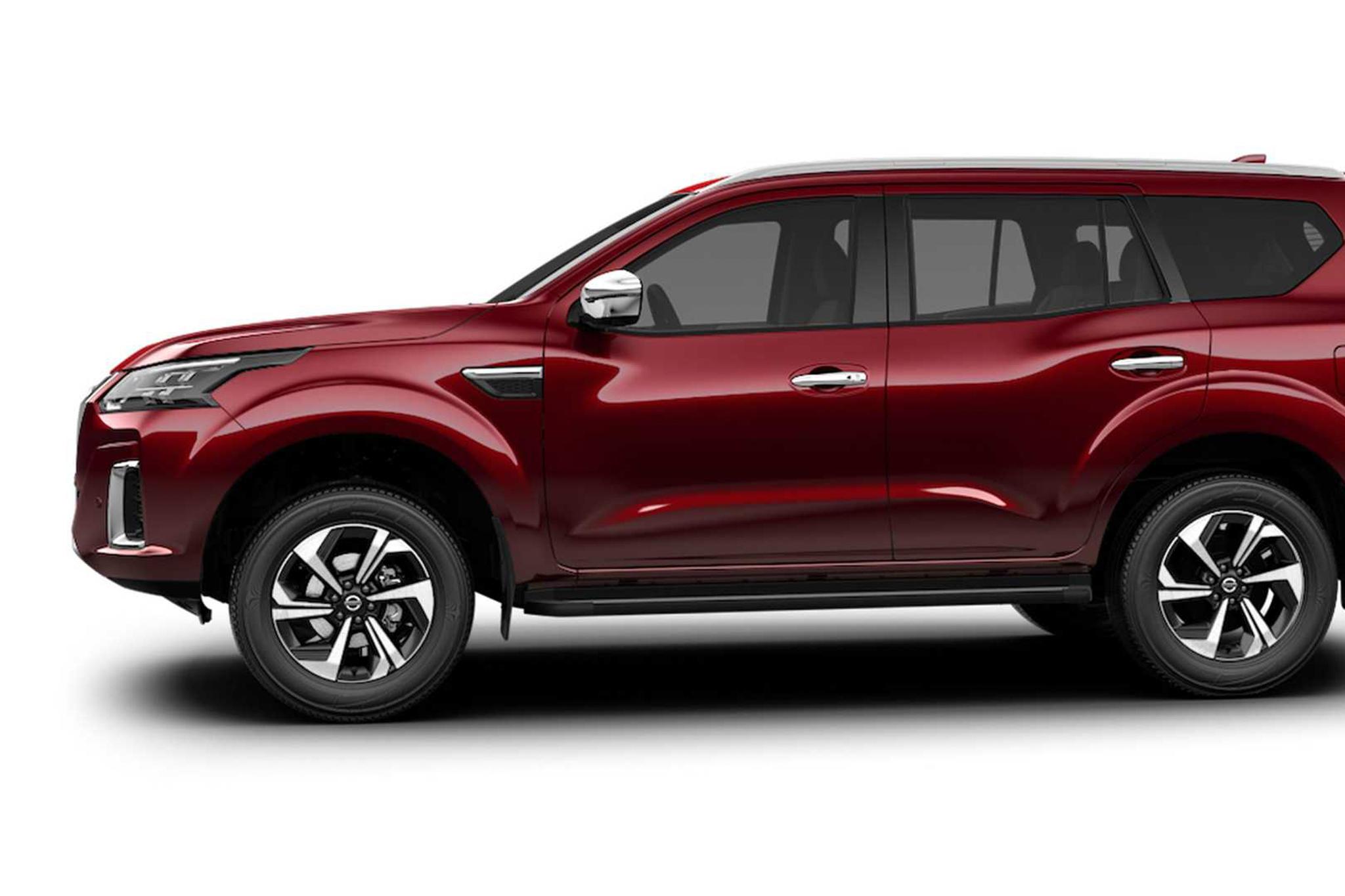The nissan/xterra_link_type__car">Nissan Xterra engine specs have sparked excitement among many drivers, especially in today’s dynamic automotive market. If you’re passionate about performance and keen on understanding every detail about your vehicle’s powerplant, this guide is crafted just for you. The focus here rests on the robust and reliable 2025 model, a benchmark for modern driving needs.

Understanding the 2025 Xterra's Powerplant
Core Engine Specifications at a Glance
The 2025 Nissan Xterra continues to impress with its enduring 3.5L V6 engine, delivering both power and reliability that many drivers seek. Here are the detailed engine specs that you should know:
284 horsepower at 6,400 RPM, ensuring responsive performance
259 lb-ft torque at 4,800 RPM for smooth acceleration
A compression ratio of 9.1:1 that helps maintain engine durability
Dual overhead camshaft (DOHC) design that contributes to its efficient V6 engine performance
Fuel efficiency remains a strong point, making it ideal for both city commutes and highway drives:
Achieving 17 MPG in the city and 23 MPG on highways
A generous fuel undefinedtank capacity of 19.5 gallons
This blend of power and efficiency gives you the confidence to tackle various driving conditions while caring for engine reliability.
Why These Specs Matter for Daily Use
When you hit the road with the 2025 Xterra, you’ll experience a balance between spirited acceleration and steady performance. The engine’s thoughtful design not only caters to everyday driving but also supports more demanding tasks like towing. With a 0-60 mph time of just 7.2 seconds and a towing capacity of 6,000 lbs, this powerhouse is built to handle both work and play. You can also rely on its compatibility with regular unleaded fuel, making maintenance manageable and cost-effective.
Maintaining Your Xterra's Engine Performance
Essential Service Intervals
Keeping your engine in top condition is vital. Regular check-ups ensure that your Nissan Xterra stays reliable and performs well over time. Below is an overview of maintenance tasks and their recommended intervals:
Maintenance Task | Frequency | Estimated Cost (AED/SAR) |
|---|---|---|
Oil change | 5,000 miles | 250-350 |
Air filter replacement | 15,000 miles | 180-275 |
Spark plugs | 60,000 miles | 420-600 |
These intervals are designed to safeguard your engine’s efficiency and prolong its life, so you can drive with peace of mind.
3 Critical Care Tips
Taking care of your engine doesn’t have to be complex. Here are three straightforward tips to help maintain optimal performance:
Always monitor the coolant temperature during intense driving sessions, especially in challenging environments.
Use high-quality API SP-rated synthetic oil to ensure proper lubrication and reduce wear over time.
Regularly clean the throttle body every 30,000 miles to prevent carbon buildup, keeping your engine’s response swift and steady.
By following these maintenance tips, you can enhance both fuel efficiency and engine longevity.
Upgrading for Enhanced Capability
Popular Aftermarket Modifications
If you’re looking to boost the performance of your Nissan Xterra, consider these popular upgrades that many enthusiasts swear by:
A cold air intake system to achieve an extra 5-7 HP gain and more responsive throttle engagement
Performance exhaust upgrades that enhance torque delivery and give your engine a richer sound
ECU remapping performed by professionals to fine-tune your fuel mapping for specific driving conditions
Installation of a heavy-duty radiator to improve cooling efficiency during demanding drives
These aftermarket upgrades not only improve engine performance but also add to the overall reliability of your V6 engine in various driving environments.
Cost vs Benefit Analysis
When planning upgrades, it’s useful to balance the cost against the potential performance benefits. Take a look at this cost vs benefit table for a quick reference:
Upgrade Type | Avg. Cost (AED/SAR) | Practical Benefit |
|---|---|---|
Air intake system | 1,100-1,800 | Improved throttle response |
Cat-back exhaust | 2,500-4,000 | Enhanced torque and sound profile |
Engine tune | 3,000-4,500 | Optimized fuel mapping and engine dynamics |
This table should help you make informed decisions about which modifications offer the best value for your driving style.

Emission Compliance in 2025 Models
The 2025 Nissan Xterra has been engineered to meet stringent GCC emission standards, ensuring that its performance is both powerful and environmentally responsible. The updated model features several advanced components that work together to reduce harmful emissions:
A state-of-the-art catalytic converter design that improves pollutant conversion
Enhanced onboard diagnostics (OBD-II) integrated to monitor engine performance
A reduction in NOx emissions by 18% compared to earlier models, assuring you that your vehicle is both modern and compliant
These advancements not only support cleaner air but also help maintain high engine reliability in diverse driving scenarios.
FAQ
What maintenance schedule should I follow for the 2025 Nissan Xterra engine?
You should adhere to a regular maintenance schedule that includes checking oil levels every 5,000 miles and replacing air filters every 15,000 miles. It is important to also inspect spark plugs around 60,000 miles to maintain optimal engine performance. Regular maintenance prevents minor issues from becoming major repairs and ensures the longevity of your 3.5L V6 engine. Staying on top of these tasks can be a real lifesaver for your engine’s reliability and fuel efficiency. Keeping track of these intervals is a simple yet effective way to avoid unexpected breakdowns.
How can I improve the fuel efficiency of my Nissan Xterra engine?
Improving fuel efficiency starts with some careful routine practices such as using API SP-rated synthetic oil and ensuring that the air filter is replaced on schedule. Ensuring proper engine tuning can also make a significant difference. Additionally, using high-quality aftermarket modifications, like a cold air intake system, can give your engine a slight efficiency boost without compromising performance. These steps not only help improve your fuel economy but also contribute to the overall health and longevity of your engine. Regular check-ups and following the manufacturer’s maintenance guides can lead to notable fuel savings over time.
Are there any recommended aftermarket upgrades for better performance?
Yes, many drivers opt for upgrades such as a cold air intake system, performance exhaust systems, and professional ECU remapping. These modifications are known to enhance engine performance by improving throttle response and optimizing fuel efficiency. They tend to offer noticeable benefits for both daily driving and more adventurous journeys. However, it is important to consider the cost versus the benefits of each upgrade. Assessing these factors based on your personal driving habits can help ensure that each investment is worthwhile.
What should I do if I notice a drop in engine performance?
If you experience any decrease in performance, it’s advisable to check key maintenance points such as oil levels, coolant temperature, and air filter condition. A drop in performance might indicate the need for a routine cleaning of the throttle body or a minor adjustment in the engine’s tuning. Staying proactive with service intervals often prevents small issues from escalating into significant problems. Consulting with a trusted automotive specialist can provide clarity and ensure that your engine runs as smoothly as possible. Timely maintenance is essential to avoid further complications and ensure continuous engine reliability.
How does the 2025 model comply with GCC emission standards?
The 2025 Nissan Xterra incorporates several advanced emission control systems to comply with GCC standards. It features an improved catalytic converter and OBD-II diagnostics, which help reduce harmful pollutants. With an 18% reduction in NOx emissions compared to older models, this engine supports cleaner and more sustainable driving. The design not only meets environmental requirements but also contributes to better overall engine performance. This careful balance of power and compliance helps maintain the vehicle’s reputation for both strength and eco-friendliness.
This article is for reference only, please refer to local latest laws and regulations.
Read More:
toyota-corolla-engine-size-smart-choices">2025 Toyota Corolla Engine Size:Smart Choices
2025 Toyota Corolla vs Camry:The Ultimate Family Sedan Buying Guide
40 pics

